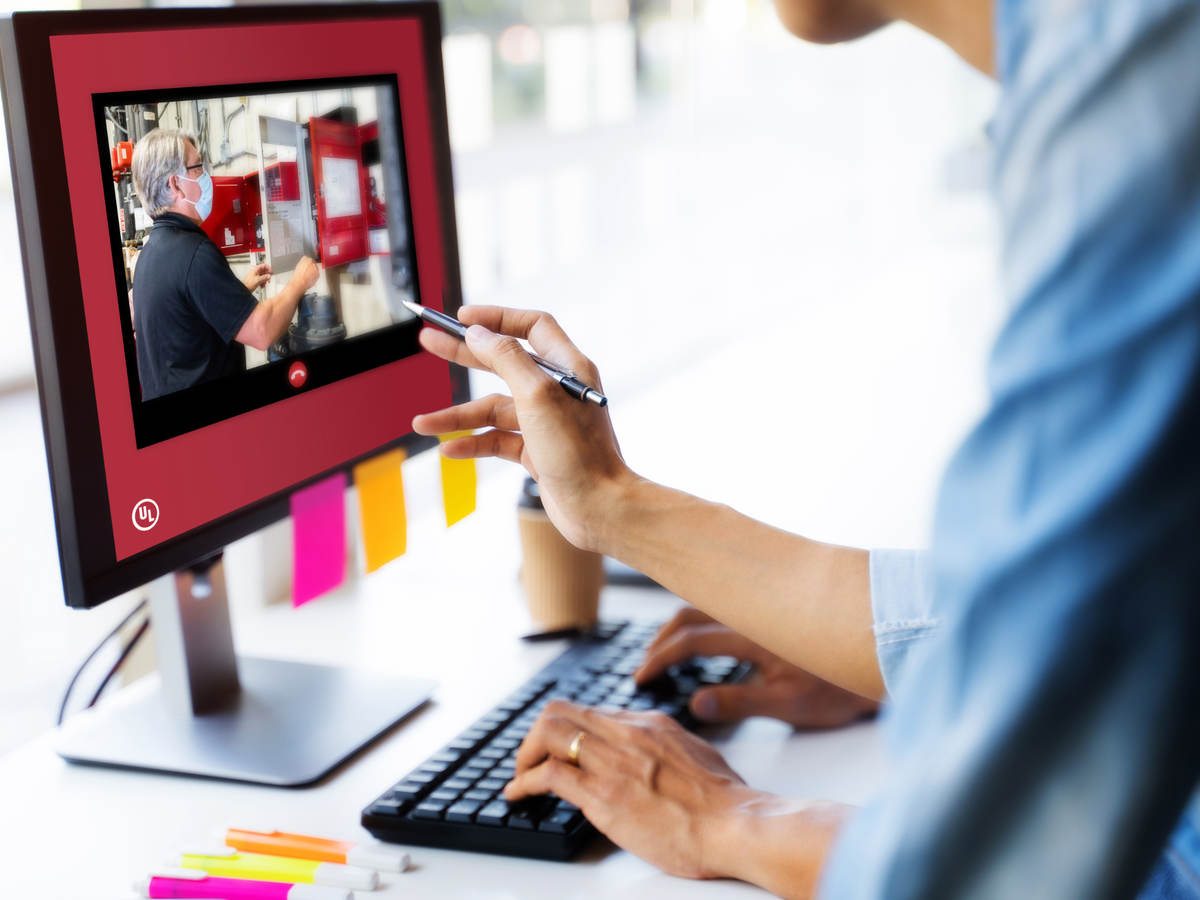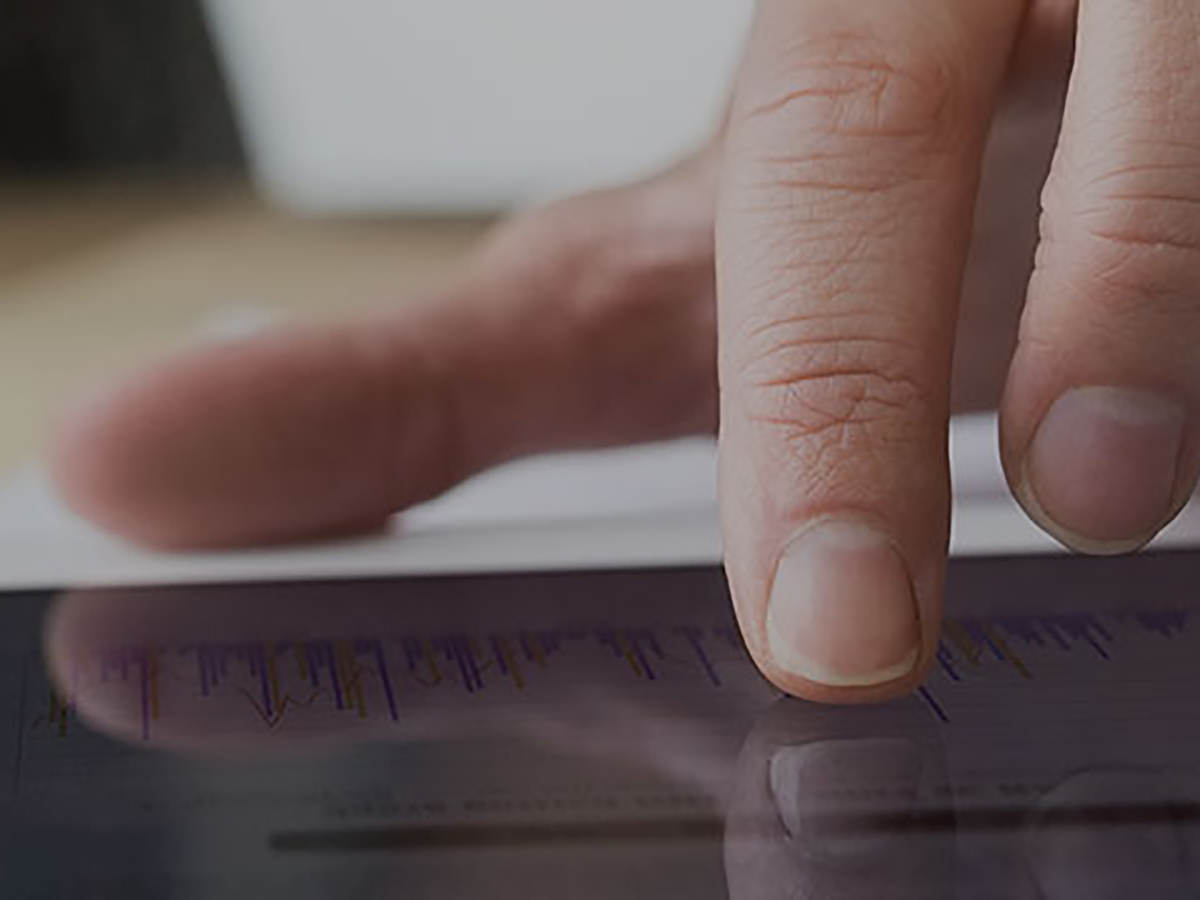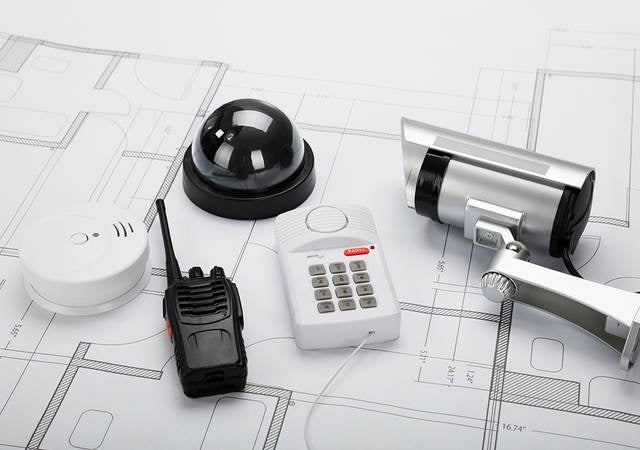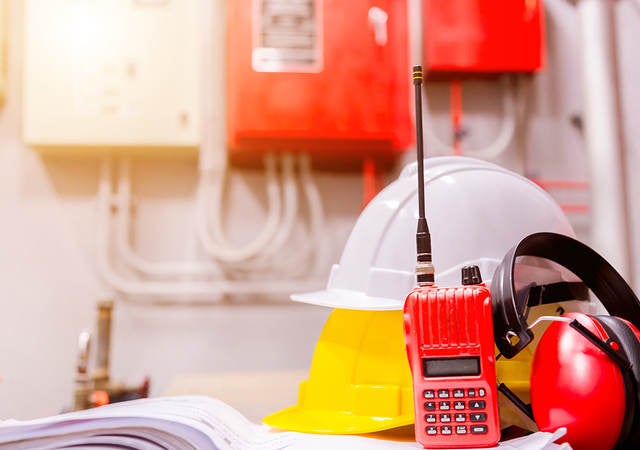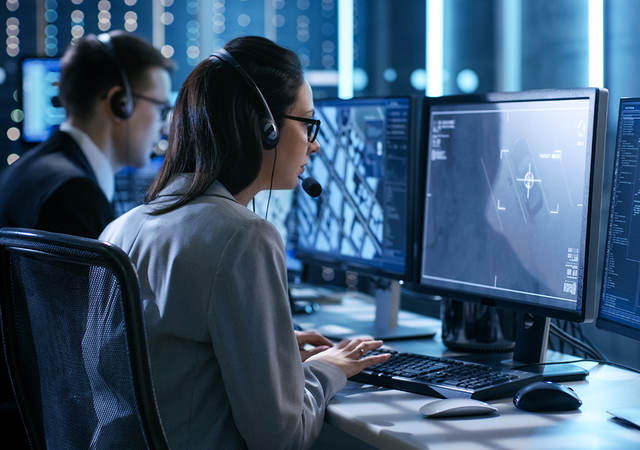Due to the safety concerns of our customers and our audit staff surrounding the COVID-19 pandemic, we are announcing a virtual or remote audit (RA) option for completing the annual compliance audit of UL Listed monitoring facilities for the remainder of the COVID-19 pandemic.
The virtual RA will follow a similar process as the on-site audits normally conducted but will be conducted utilizing a combination of information gathering techniques through discussion, question and answer, document screensharing, webcam, FaceTime, and/or similar video sharing methods.
Remote audit scheduling
The virtual RA will follow an almost identical scheduling process as the on-site audits in that the assigned auditor will make contact with the monitoring facility representative on record to arrange the time and date that the audit will take place.
Once the date and time are confirmed, the auditor will send the station representative on record an email containing the confirmation letter similar to the confirmation letters that are normally sent at the time of scheduling.
In addition to the confirmation letter, the representative will receive a new document called the “Monitoring Facility Description Pages.” This has traditionally been an internal UL Solutions document used to record the compliance details of each listed monitoring station. An updated revision of this record was created during the 2015 annual audit or the new listing evaluation for those facilities newly listed after the 2015 audit cycle. Each year, this document is updated with any changes that were found during the annual audit so that it remains as accurate as possible based on what the auditor observed while on site.
This document will be used during the listing record review and interview portion of the virtual RA and is described in further detail within the Remote Audit Meeting section below. It will be important to review the document ahead of the scheduled audit date and time to identify any information that needs to be updated due to either a change since the last audit or correction that may be needed. This document has traditionally been an internal UL Solutions record and was not designed or formatted for outside distribution. It may likely be completed in a “rough” manner and therefore there may be some grammar-related errors contained within.
Remote audit meeting
The virtual RA meeting will be utilized to gather as much detail as possible about the physical, operational, maintenance and compliance status of the monitoring facility much like an on-site audit is designed to accomplish. Also similar to an on-site audit the virtual RA will begin with an opening discussion followed by a combination of compliance status questions, documentation review, visual verification and closing to summarize any items that will need follow-up actions.
The exact order of the RA phases may vary due to factors such as the size of the facility, the layout of the facility, the number of attendees, technology concerns, etc. A general description of what each phase might entail is included below.
- Opening
This phase will be used for attendee introductions, agenda, RA technology adjustments and to address any questions or concerns that any attendees may have.
- Listing record review and interview
During this phase, the auditor and monitoring facility attendees will review the details of each section of the monitoring facility description pages that were sent as part of the confirmation package for the virtual RA. This will be a robust and detailed review consisting of questions and discussions surrounding the compliance methods utilized for each applicable section of the applicable standard(s).
This review will also be used to help identify and discuss any changes to the physical construction, infrastructure, operation or any other details related to the facility. This may result in the need to update our Monitoring Facility Description Pages as well as the need to gather additional information or help determine follow up actions that may be needed.
- Documentation sharing
This phase will be used to review the documentation required in various parts of the standard(s) as applicable. The review ideally will use screensharing features as are available in most meeting software but could also utilize webcam or other streaming methods. Examples of this documentation might include contracts or service agreements with required vendors such as fuel delivery or secondary power system maintenance. Additional documentation would include testing records such as those required for secondary power equipment and standby lighting, and other required documentation such as disaster recovery plans, operator shift records, operator training, MEW calculations, etc.
- Video verification
To complete the virtual RA, a method that allows the auditor to view specific features or witness specific testing while not on site will need to be available. Popular examples of these methods might include applications such as FaceTime, wireless webcams, or meeting software such as Microsoft Teams, Skype, etc., with a live video feature that allows for attendance via an application on a mobile device such as a cell phone or tablet. Attendance to the meeting via the mobile device would facilitate moving through the facility being audited allowing the device’s camera to be used to display specific equipment, construction and features while also allowing the auditor to witness any tests as needed.
The video verification phase will not necessarily be utilized to conduct a full walkthrough as if the auditor was on site but instead will be used to visually and/or functionally verify any changes discussed during the interview portion of the RA concerning added equipment, deleted equipment, construction changes, infrastructure changes, etc. The video verification portion might also be utilized to do a spot verification of some specific features or requirements that exist at the listed facility.
- Closing
The closing phase will be a time to discuss any outstanding questions or concerns that may have arisen during the virtual RA as well as a time to review any items that will be noted in the report as needing a follow-up action of some type.
Reporting and clearance phase
Following the audit, a report will be generated and delivered via email to the facility representative on record within 15 days of the audit date. The audit report will contain any items found not to comply with the applicable standard(s) and will require written notification be sent back to us within 30 days of the report date. The written notification shall include the details of the actions taken to correct the conditions noted in the report as not being in compliance.
If any outstanding items require longer than the 30-day allowance, the monitoring facility representative will need to contact the auditor that conducted the audit to discuss an acceptable corrective action plan for the issue(s) in question.
We look forward to working with our customers safely and collaboratively during these unique and challenging times. Our goal is to maintain the integrity of the UL Listing for all stakeholders who depend on the continued safe and compliant operation of your business
Online course
UL Certification of Central Station Alarm Services
This free training course will introduce the different types of UL certified stations and provide a high-level overview of some of the key requirements for becoming a UL certificated central station as found in UL 827, the Standard for Central Station Alarm Services.

